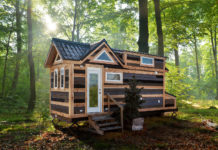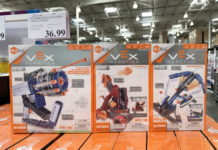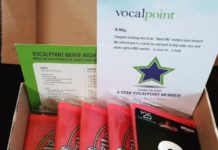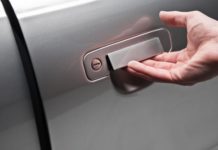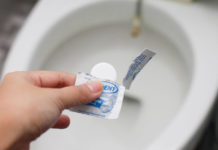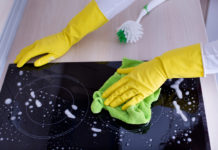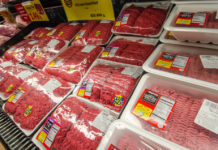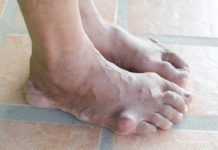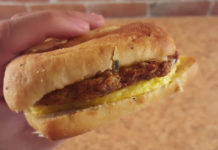You wouldn’t necessarily think about this normally, but many items you have around your home are designed for adults, and adults only. That might explain why the Consumer Product Safety Commission (CPSC) issues up to 450 product recalls every year. Most of these recalls are items that are perfectly okay to use most of the time, but that turn out to be quite dangerous or even deadly when children get their hands on them—or their mouths.
Without further ado, here are the products that rank among the most dangerous for kids, as said by CPSC experts.
1. Bookcases
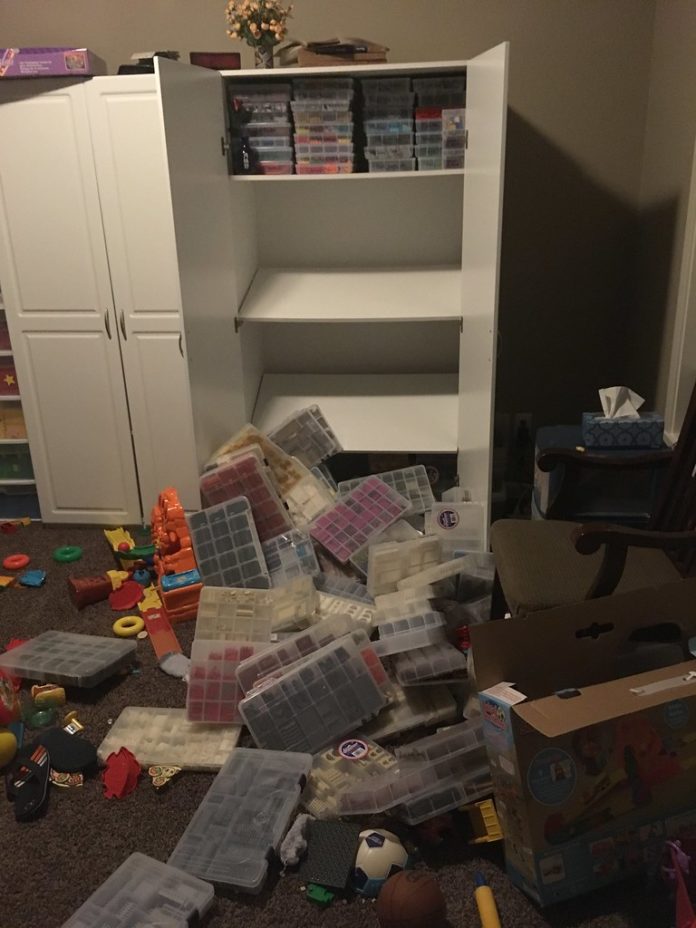
As you know, children are curious creatures that like to explore and test the limits of their abilities. Climbing your bookshelf thus might seem like a great idea to them. What is not a great idea, however, is having forgotten to tether your bookcase to the wall. Without proper brackets and anchors, your bookshelf is prone to falling on your kid, should they try to climb it. Another thing you can do to prevent this situation is to store your heaviest items on the lower shelves or drawers of your top-heavy furniture.
2. Laundry and Dishwasher Pods
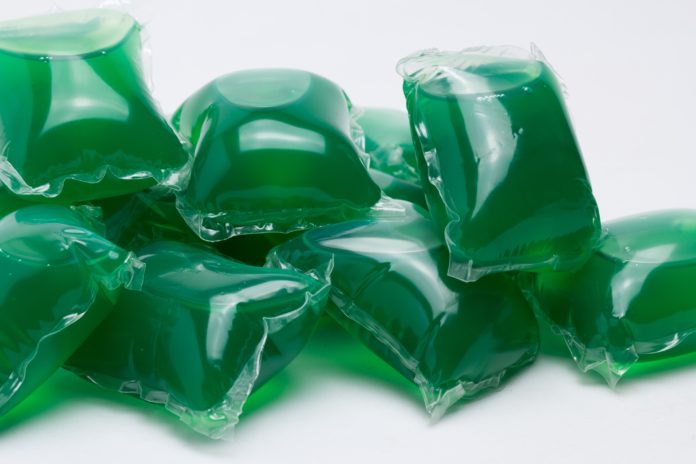
In 2014 alone, parents of 22,000 distressed children called the National Poison Center because their kids had eaten a laundry pod or a dishwasher pod. These little packs were designed as a cleaner alternative to soaps and powders, but children find them very candy looking, which explains why they are often accidentally ingested, especially by children under three. To prevent this, make sure you keep them out of reach, or just purchase regular detergent and dishwasher soap or powder.
3. Ikea Dressers
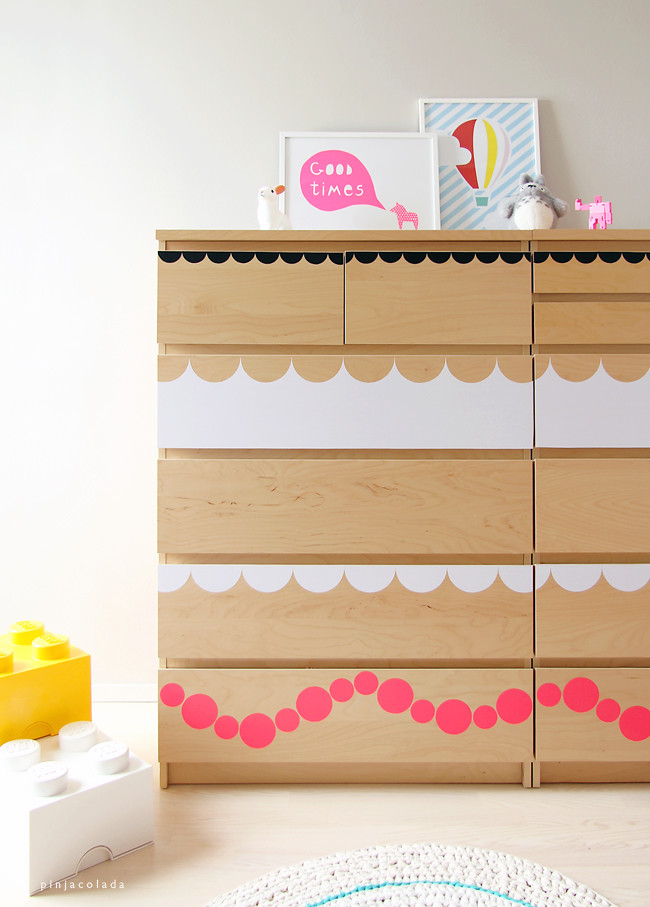
Ikea had to recall some 29 million dressers in 2016 after six children died when the furniture toppled over them. The Swedish company is actually quite known for making many recalls in the last decade, including cribs, kids’ beds, high chairs, kids’ bedroom lights, canopies, a kids’ tent and much more.
4. Toilet Lids
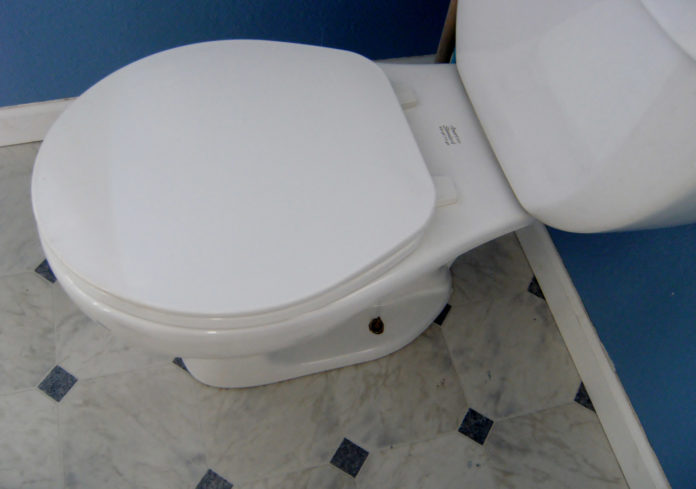
Everyone knows there is a risk of drowning associated with pools. But with toilets? Surprisingly, yes. About 115 kids die each year when they drown in toilets, buckets, kids’ bathtubs, and hot tubs. Most of these deaths were children under 3 who probably tried to put their head in the toilet and ended up falling headfirst. A toilet lid could, therefore, save your kid’s life.
5. Power Sockets
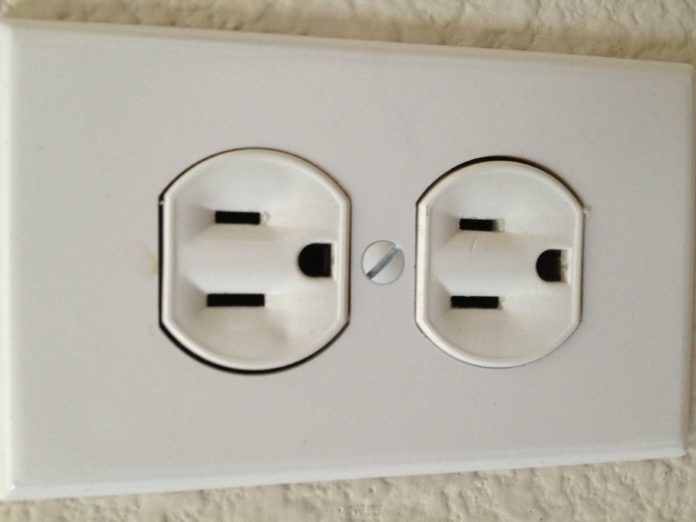
You probably already know about this one, but we’ll include it on our list anyway because too many accidents still happen nowadays when a kid decides to poke them with a toy, their hands or even worse, a fork. They should always, always be covered with plastic caps or a child-proof box.
6. Picture frames
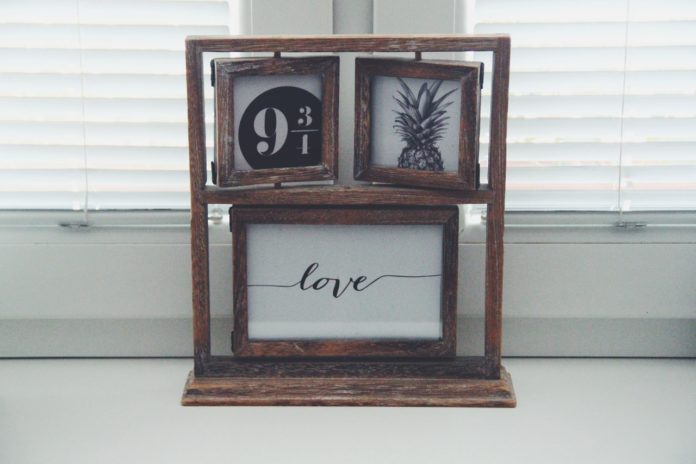
Picture frames are a great way to expose life’s best moments, but they are not so great around children. When they are on dressers or on tables, they can be easily knocked over, which often results in shattered glass on the floor. Children can cut themselves very seriously on broken glass; that’s why your picture frames should be mounted on the wall, where they won’t be knocked off, or why you should replace their protective glass with a clear plastic, should you insist on having them within reach of your kids.
7. Dishwashers
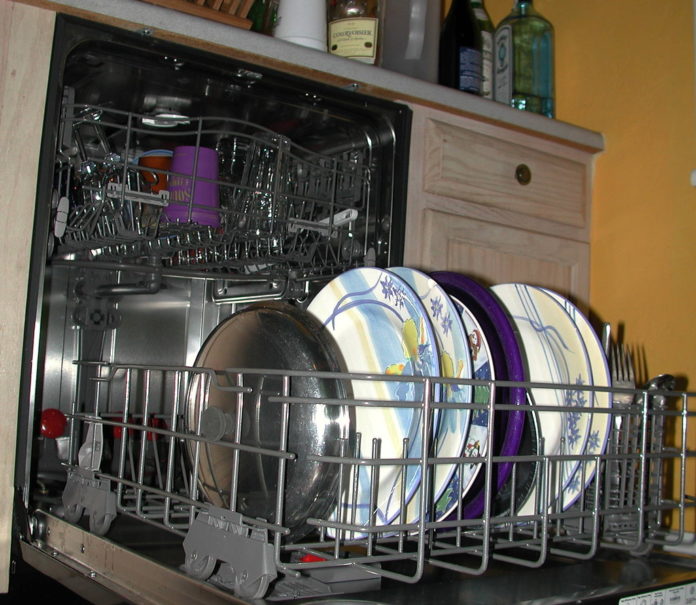
In this case, it’s not the dishwasher that is dangerous but rather what’s inside it: forks, knives, and other pointy items, as well as breakable plates. A kid could easily reach out for these objects, which is why you should always keep the dishwasher locked. In turn, this will also ensure your kid will not ingest any dishwasher that could be inside.
8. Magnets
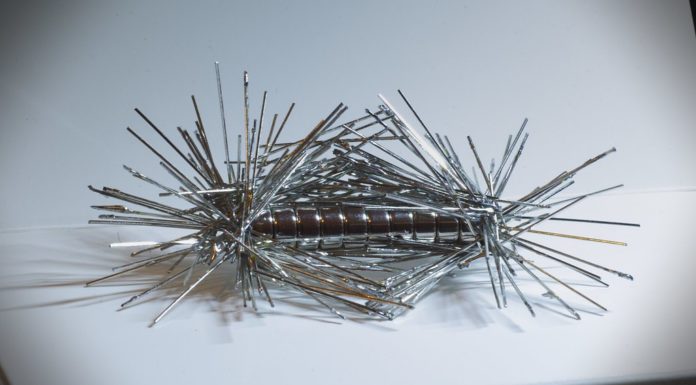
High-powered magnet sets have led to injuries in children who swallowed more than one small magnet. As a result, the magnets came together inside their bodies, pulling through or even trapping their intestines. CPSC filed lawsuits against companies that were still producing such magnets despite being warned they posed a risk for children.
9. Hairdryers
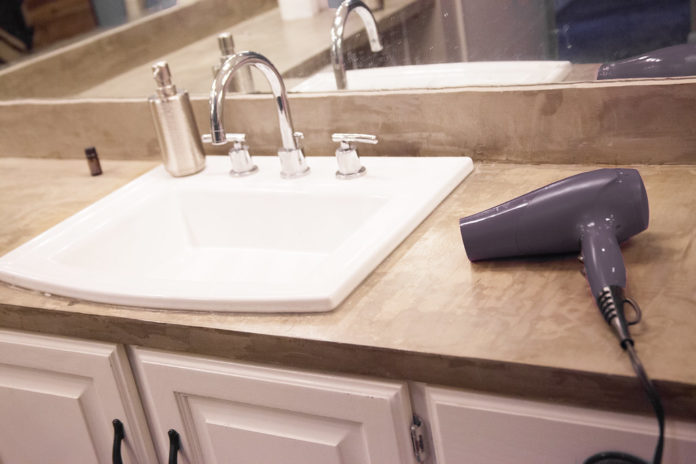
Hairdryers are also potentially dangerous; they can burn sensitive skin, their chord can strangulate, and they also pose a risk of electrocution. Keep them out of reach of children, and make sure you always have an eye on your kid if they are drying their hair themselves.
10. Loose Plastic Bags
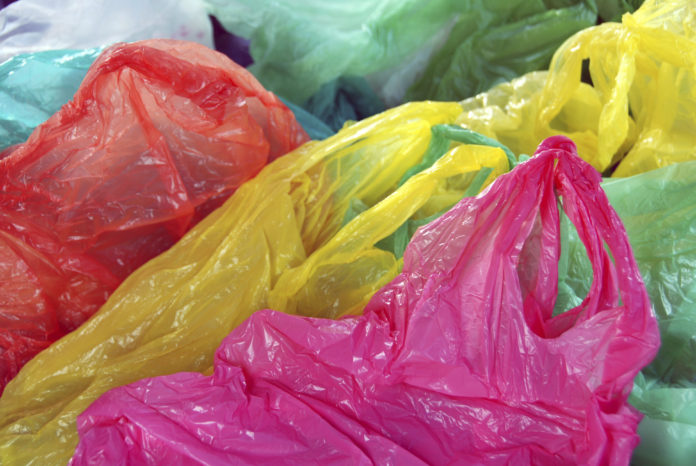
There’s a reason all plastic bags say, “Keep out of reach of children”; so many kids have actually suffocated to death in a bag or when they rolled over a small bag when they were sleeping. Keep them out of reach of children, especially toddlers, at all times.
11. Tube Televisions
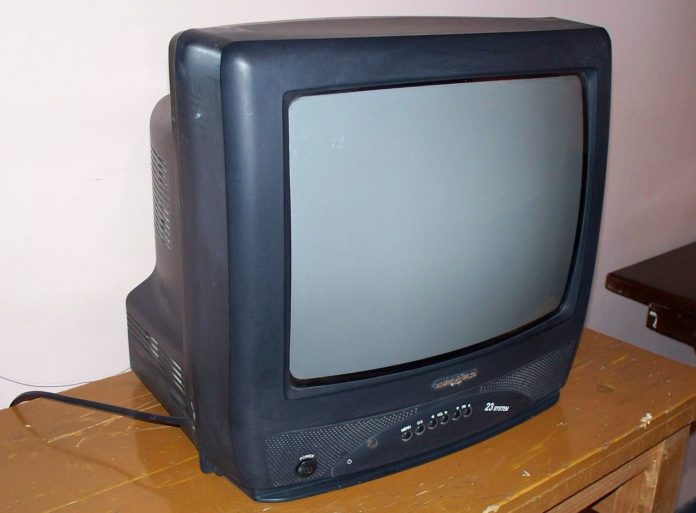
If you still have an old tube TV around somewhere in your house, make sure it can’t possibly fall from where you left it. Children have been injured in the past from that type of TV falling on them; they are so heavy that they can cause quite some damage.
12. Trash cans
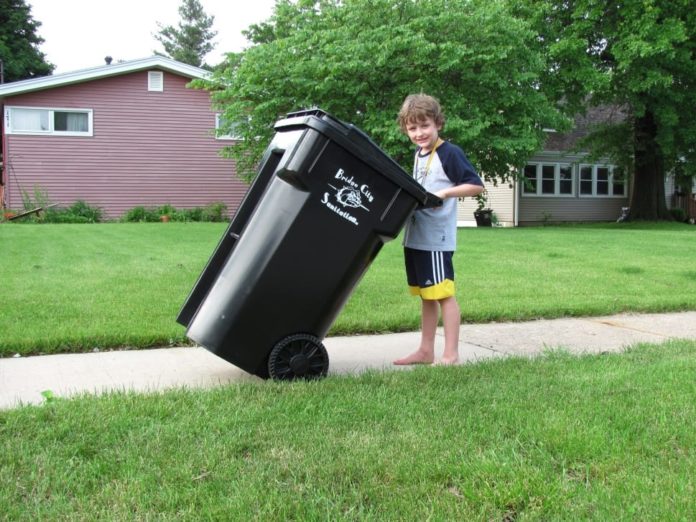
A trash can can too easily be tipped or turned over by a kid. Think about all the hazardous items your kid could get their hands on if they went through your trash: rotten food, sharp objects, leaking batteries, old medication, cosmetics, etc. That’s why you should have a child-resistant trash can or cover.
13. Bathtubs

It is estimated that 431 kids drowned by accident in bathtubs all over the country from 2005 to 2009. To put it simply, we should never leave a kid unattended near any water or a basin/bathtub filled with water.
14. Unclean Humidifiers
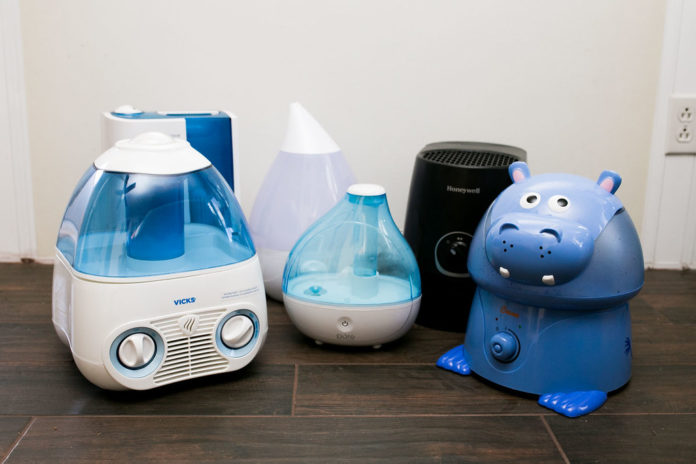
Did you know dirty humidifiers could harbour mould spores, bacteria, and fungi? You certainly don’t want a household item that could spread all of those in the air 24/7 in your house, causing illnesses. Make sure you clean and dry them regularly to ensure the wellness of your family and small loved ones.
15. Glass Coffee Tables

Glass coffee tables are dangerous in more than one way. First of all, sharp edges on any table are dangerous for kids because they can easily cut or scratch themselves on it. This is particularly true for toddlers who are learning to walk, as these edges are often at their eye and face level. Moreover, some household furniture doesn’t use tempered glass, which means the glass is easily shattered and could harm your kid. To avoid all of these risks, make sure to purchase edge guards, and try to avoid glass furniture altogether in the future.


